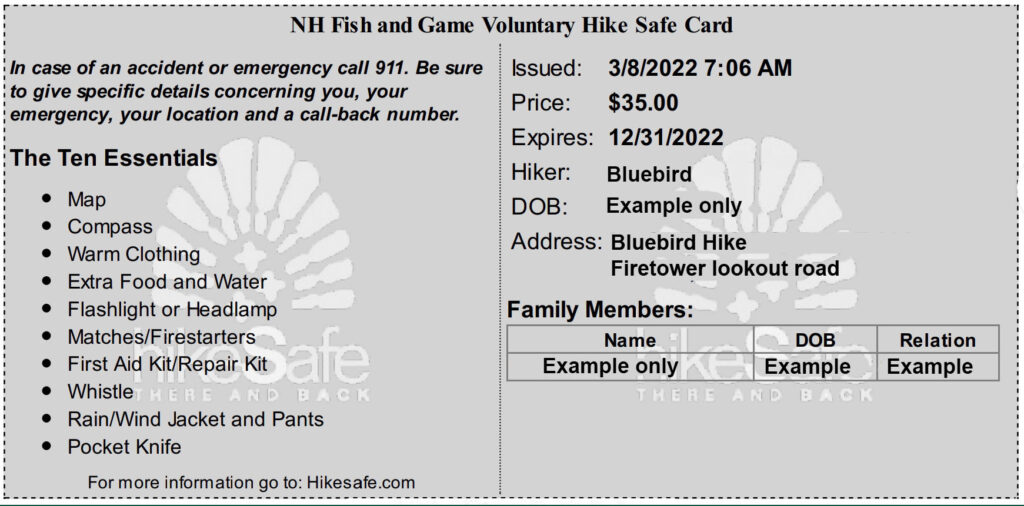A short hike and one wrong step
It’s a cool autumn day and you’ve decided to head up Mount Avalon by a 3.5 mile out and back trail near Bretton Woods, New Hampshire. The hike shouldn’t take more than a couple of hours and you plan to have a late lunch in town after, so you pack light. You throw your puffer, a granola bar and a bottle of water in a day pack, slip on some flip flops, and head for the mountain.
The fall foliage is spectacular! You make a few river crossings and the trail gets quite steep. Your legs are getting a little tired, but you’re almost to the top. You take a hundred photos as you continue your ascent, and while you’re a little disappointed to see that there isn’t much room to hang out at the top and enjoy the view, the short time you spent looking out over Crawford Notch makes it worth the effort. You’re thinking about how many stars you’ll give the trail on AllTrails and which photos you’ll include with your review when your foot jerks at a terrible angle and a blinding electric jolt shoots up from your ankle through your body and, like a punch to the gut, you feel the urge to vomit. Sweat prickles on your neck and face and the seriousness of the injury begins to sink in. Eventually, you realize that there is no way you’re getting off this mountain on your own power and you call 911 for help.
New Hampshire Fish and Game gets to work coordinating rescue efforts, calling members of the Pemigewasset Valley Search and Rescue Team and the New Hampshire Army National Guard for assistance. Within hours, you are being loaded into a litter attached to a National Guard helicopter and flown hundreds of feet in the air to the AMC Crawford Notch Visitor Center, where you will be met by more rescuers and transported to the hospital.
What will this rescue cost you?
Judging by what you have in your pack – a puffer, a granola bar wrapper, and an almost-empty water bottle – and the flip flops on your feet, it is quite possible that you could be found to have recklessly or intentionally created a situation requiring an emergency response, which could leave you liable for expenses up to $10,000. But had you purchased a New Hampshire Hike Safe Card and followed the hiker code, you would have been properly prepared for your hike, and all of the effort by New Hampshire Fish and Game, the Army National Guard, and local volunteers to get you out of the forest might cost you nothing.
What is a Hike Safe Card?
One of the primary roles of the NH Hike Safe program is education. The New Hampshire Fish and Game Department has created a beautiful website with great information about how to stay safe and avoid the need to be rescued. Plus, they’ve listed the Ten Essentials directly on the Hike Safe Card. While you don’t need to physically carry the card, I recommend printing it out as a handy reminder (see photo).
Second, while a Hike Safe Card only costs $35 annually for a family, this program helps offset the costs of search and rescue efforts in the state. On average, Fish and Game helps rescue 190 hikers each year and this program contributes over $100,000 to the rescue fund.
It’s important to remember that the Hike Safe Card doesn’t protect you from financial liability in case of negligent behavior, like being unprepared or bushwacking your own trail without any knowledge of the terrain. I think of it like a pact you are making with the State of New Hampshire, that if you do everything you can to be a responsible hiker, it will help you if you run into trouble on the trail.
I’m not sure I’ve seen anything like the NH Hike Safe Card in any other state, although I’d love to hear about it in the comments if you know about similar programs.
2023 Hike Safe Cards are available for purchase now!


